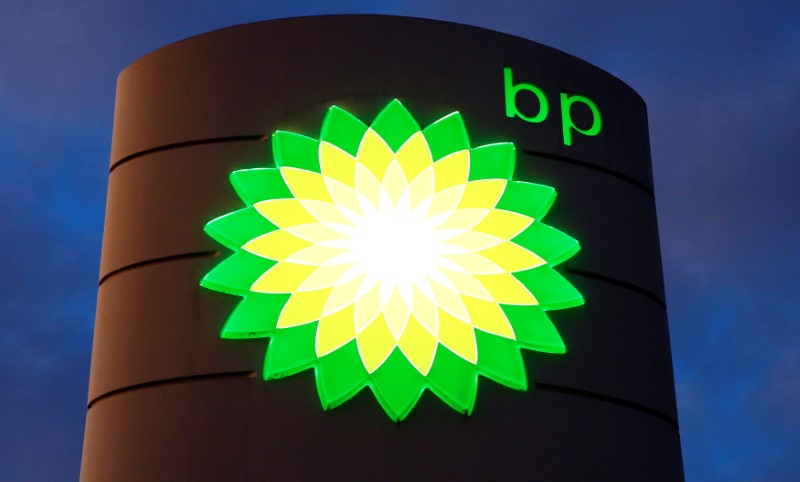By Ron Bousso
LONDON (Reuters) - Global greenhouse gas emissions began rising again last year as the first pick-up in coal burning since 2013 overshadowed a record expansion in renewable energy, a BP (LON:BP) report said.
Energy demand accelerated in 2017 by 2.2 percent, but a 17 percent gain in clean power such as solar and wind did little to offset the dominance of fossil fuels in the rapidly expanding global economy.
Demand for hydrocarbons rose across the board, led by a 3 percent increase in natural gas consumption, the fastest since 2010, followed by a 1.8 percent rise in oil demand which far exceeded the average of the previous 10 years, data in BP's benchmark annual Statistical Review of World Energy showed.
(GRAPHIC: Global GDP and energy growth - https://reut.rs/2y5Rqdd)
(GRAPHIC: Energy fuel mix -BP - https://reut.rs/2MkpDZE)
The opening of new coal-fired power plants in India and China drove coal consumption higher by 1 percent, highlighting the difficulties developing economies face in meeting demand for electricity while fighting pollution.
BP and other oil companies such as Royal Dutch Shell (LON:RDSa) have led calls to reduce carbon emissions by converting coal power plants to cleaner natural gas.
Still, the share of coal in power generation today remains around 38 percent, practically unchanged since 1997, while the share of non-fossil fuels slightly dipped as nuclear power capacity shrunk, BP Chief Economist Spencer Dale said.
The power sector absorbs more than 40 percent of primary energy and accounts for over a third of carbon emissions.
"This is really worrying," Dale told reporters in a briefing before the report was released. "How much progress have we made in 20 years? None."
(GRAPHIC: Fuel shares in power generation-BP - https://reut.rs/2Mo7N85)
Carbon emissions grew last year by 1.6 percent, compared with little to no growth in the previous three years but still lower than average growth of 2.5 percent in the 10 years to 2014.
A landmark climate agreement reached in Paris in 2015 calls for halving carbon emissions by 2040 and reducing them to net zero by the end of the century to limit global warming.
"Three years of flat growth was a step in the right direction, but it wasn't a big enough step," Dale said.
SHALE REDRAWS TRADE
Steady and robust growth in oil demand over the past five years, the strongest since 2007, was driven by lower crude prices but could be undercut by the recent rally that took prices to their highest since 2014, Dale said.
"There are some signs that the boost from low oil prices may be beginning to wane," he added.
(GRAPHIC: Oil demand growth-BP - https://reut.rs/2MkMnc2)
On the supply side, the surge in production of U.S. shale oil, also known has tight oil, has redrawn the global market. The United States overtook Saudi Arabia in 2017 to become the world's second biggest producer behind Russia.
A 2017 agreement between OPEC, Russia and other major oil producers to reduce global output by 1.8 million barrels per day (bpd), combined with a sharp fall in Venezuela's output, drove down global inventories to their five-year average, BP said.
But a 2 million bpd growth in U.S. oil and natural gas liquids since October 2016 offset a large part of the cuts.
"OPEC has always had the power to stabilise the market in response to short-term fluctuations," Dale said. "OPEC has never had the power to try to offset structural long-term shocks to the market (such as) the emergence of new sources of supply and the growth of electric cars."
"The rapid response of U.S. tight oil just reinforces that point."
Rising exports of U.S. crude and new refineries in Asia and the Middle East have also led to a surge in global oil trading, which grew by more than 4 percent last year compared to a 10-year average of 1.7 percent, Dale said.
